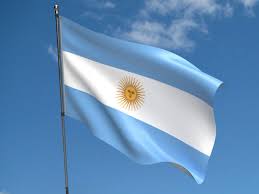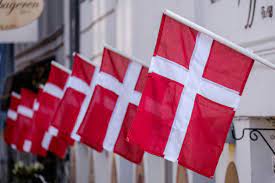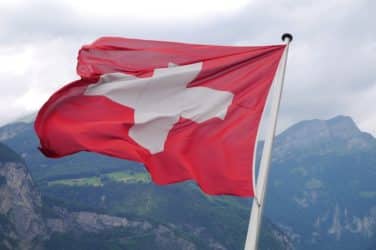
The European Union’s much-vaunted new settlement system, which is set to go live from 2015, is facing yet another crisis of confidence after it admitted that costs for users may actually rise.
Called Target2Securities, or T2S, the European Central Bank project was originally launched in 2006 but has encountered long delays and disputes among likely users as well as large costs with some predicting that the final investment for the scheme could top €1 billion.
Currently, settlement across borders in Europe is conducted between various national central securities depositories (CSDs), which increases costs and complexity, but T2S wants to streamline this and handle settlement in one body, much like the U.S. model. One of the key boasts of the T2S project is that it will reduce cross-border settlement by 90% by cutting out the role of the ‘agent’ bank and make it more competitive with the U.S., while it will also lower domestic settlement costs through economies of scale.
However, not all CSDs in Europe have signed up. Despite all of the 17 eurozone nations apart from Ireland signing up to the project, as well as six non-euro countries, the U.K., Switzerland and the Nordic countries have all kept their currencies out.
Assumptions made in 2007 by T2S, shortly before the financial crisis took hold, also appear to be wide of the mark now and doubts are beginning to grow as to how the project will be able to meet costs and also set transactions at such low levels.
The ECB has previously said that fees for trades on T2S would be €0.15 per transaction based on a 2010 forecast made three years previous and it said that the forecasts on volumes would be no lower than 10% of this figure.
But in a quarterly update on the project just published by the ECB, Jean-Michel Goddefroy, chairman of the T2S board, says that settlement volumes reported by the 23 CSDs that have committed to the system are around 18% lower than was anticipated in 2010 for this period.
“This gives the T2S board cause for concern, as one of the underlying assumptions of the T2S pricing policy was that EU volumes would be no more than 10% lower than the projected volumes,” said Godeffroy in the ECB’s quarterly bulletin. “The board will keep a close eye on this matter and explore all possible ways to avoid increasing fees for T2S users.”
These potential unexpected higher charges may also open up the possibility of national CSDs within T2S continuing to settle their own domestic trades while only using T2S for cross-border settlement.
“The U.K. and Nordic markets refusal to join T2S will further reduce volumes that would otherwise have been channeled through the system,” said technology consultancy and outsourcer Accenture in a recent paper.
“As other major non-Euro markets, such as Switzerland, will not put their national currency in T2S either, this will further affect expected volumes and economies of scale. The estimated decrease in settlement cost, announced by the ECB, was based on the assumption that a minimum of 20% of non-euro transactions would be settled through T2S.
“With U.K., Swiss and the Nordic markets refusing to put their currencies in T2S, it is questionable whether 20% on non-euro transactions can be realistically achieved. As a result, the ECB has now revised its original position on costs, stating that settlement costs in the initial days of T2S might not be lower than the current lowest domestic settlement costs.
“This raises the question whether it is economically viable for CSDs to bring domestic settlement on to T2S. If domestic settlement is currently less expensive than it would be under T2S, why should the CSDs use T2S for domestic settlement? This would provide another reason for the CSDs to maintain duplicate infrastructure, internalizing settlement as much as possible, keeping their local settlement systems for domestic use and adopting T2S for cross border transactions.”
And in another blow, the ECB has also decided to stagger the start of T2S in a bid to ease worries over potential market disruption from a failed launch. The two largest CSDs committed to the project, Belgian-based Euroclear and Germany’s Clearstream, which will account for roughly 70% of all T2S volumes, will now enter into T2S in separate bursts. The scheme is accepting CSDs in three waves within 18 months of the June 2015 start date, which means the project will not be fully up and running until the end of 2016 now.
“Migrating to T2S is a complex issue, given the number of actors, the volume of operations and the risks at stake,” said Marc Bayle, program manager for T2S. “For this reason, it was decided from the early stages of the project that T2S migration would not happen as a big bang.”





